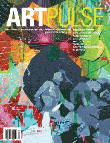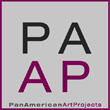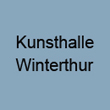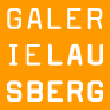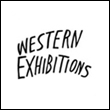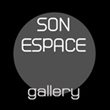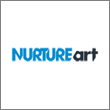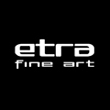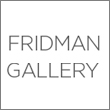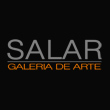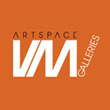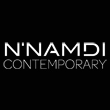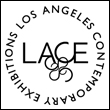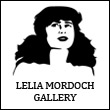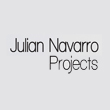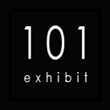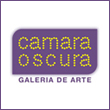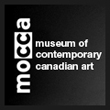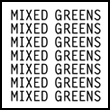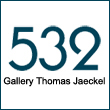« Reviews
We Are Grammar
Pratt Manhattan Gallery - New York
Curated by Dave Beech and Paul O’ Neill
By Jeff Edwards
The survey of recent text art “We Are Grammar” is deeply indebted to Lawrence Weiner’s 1968 Declaration of Intent, particularly its assertion that a work of art need not be built. Many of the pieces in the show owe the lion’s share of their power to the concepts that lie behind their physical embodiment. Yet this is one of the exhibition’s biggest strengths, because it allows these works to continue growing and evolving in the viewer’s thoughts long after their presence has been left behind. The mind’s lingering possession by language may be the show’s best artwork.
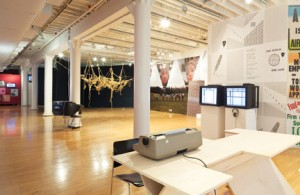
"We Are Grammar". Installation view. Photo: Harry Zernike Photography. Courtesy Pratt Manhattan Gallery.
Many of the 40-plus works selected by curators Dave Beech and Paul O’ Neill highlight language’s unruly tendency to skip blithely from context to context. A set of takeaway cards by Ian Whittlesea converts brief insights from Sol LeWitt, Agnes Martin, and Piet Mondrian into portable sound bites ready for circulation on the open catchphrase market. Nick Thurston’s book, Reading the Remove of Literature (2006), fills the margins of Maurice Blanchot’s The Space of Literature with annotations but leaves a glaring void where the original text once stood; as is so often the case in scholarly discourse, here interpretation forms a barrier before the parent text, rather than a lens onto it.
Other pieces slyly replace substantive content with the hollow glamour that words so easily invoke. The video I Asked You A Thousand Times (2010) by Savage presents a flow of Hollywood film clips in which the characters ask, “What do you want from me?” The monotonous cliché becomes hypnotic at the exact moment its emptiness reveals itself. Similarly mesmerizing is The Tent (2010) by Elizabeth Price, a looped 10-minute video that endlessly counts down to a 10-minute film that never arrives, until it becomes clear that the film has been playing all along and is identical with its announcement. Like language, the piece presents a reality that it both is and isn’t; the actual object of its intentions endlessly slips away from any attempt to grasp it, despite its glaring presence.
The most compelling works in “We Are Grammar” transform words and sounds into objects of incredible beauty and profundity. Can Altay’s poster Excerpt from The Birds by Alfred Hitchcock (2011), transcribes the audio from a small section of Hitchcock’s film, including the artificial Foley effects that function properly only when the average viewer doesn’t notice them? Altay’s tight focus on a single aspect of the film’s architecture uncovers a fascinating system of sound mimicry that speaks volumes about the aural richness of the world around us. Nearby, a dark corner of the gallery houses David Blamey’s Wall Space (The Large Scale Structure of Space/Time: Stephen Hawking and G.F.R. Ellis) (2002), a convincingly complex facsimile of the night sky, cast on the wall by a pin-pricked sheet of tracing paper lying on an overhead projector. Blamey created the pattern as he read Hawking’s book through the translucent sheet, poking a hole at each spot where a period appeared. The resulting image gives an eerie credence to the age-old idea that the order of words is deeply intertwined with the order of the universe. It’s a beautiful reflection of how words can deeply enrich our reality, even when they don’t do exactly what we want or expect.
(February 25 - May 7, 2011)
Jeff Edwards is a freelance writer and faculty member in the Visual and Critical Studies program at the School of Visual Arts (SVA), in New York.
Filed Under: Reviews

